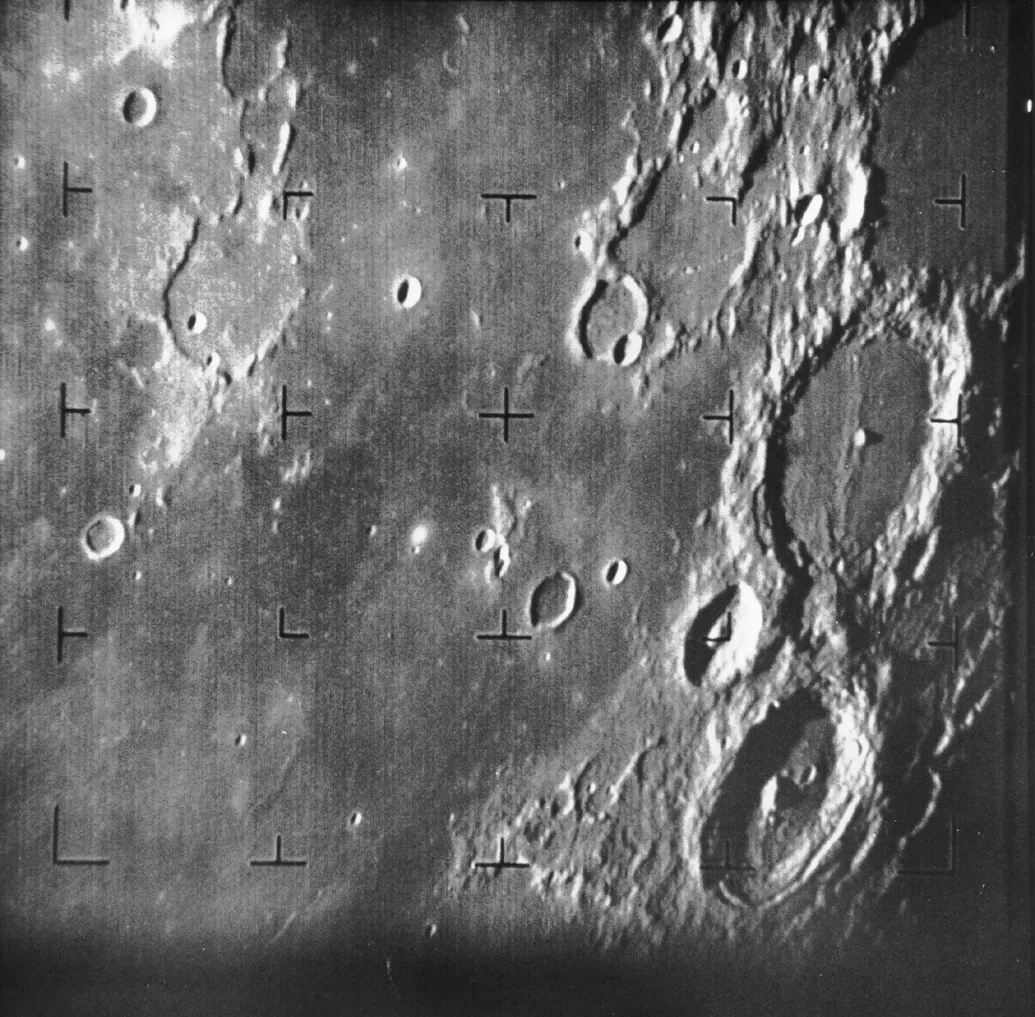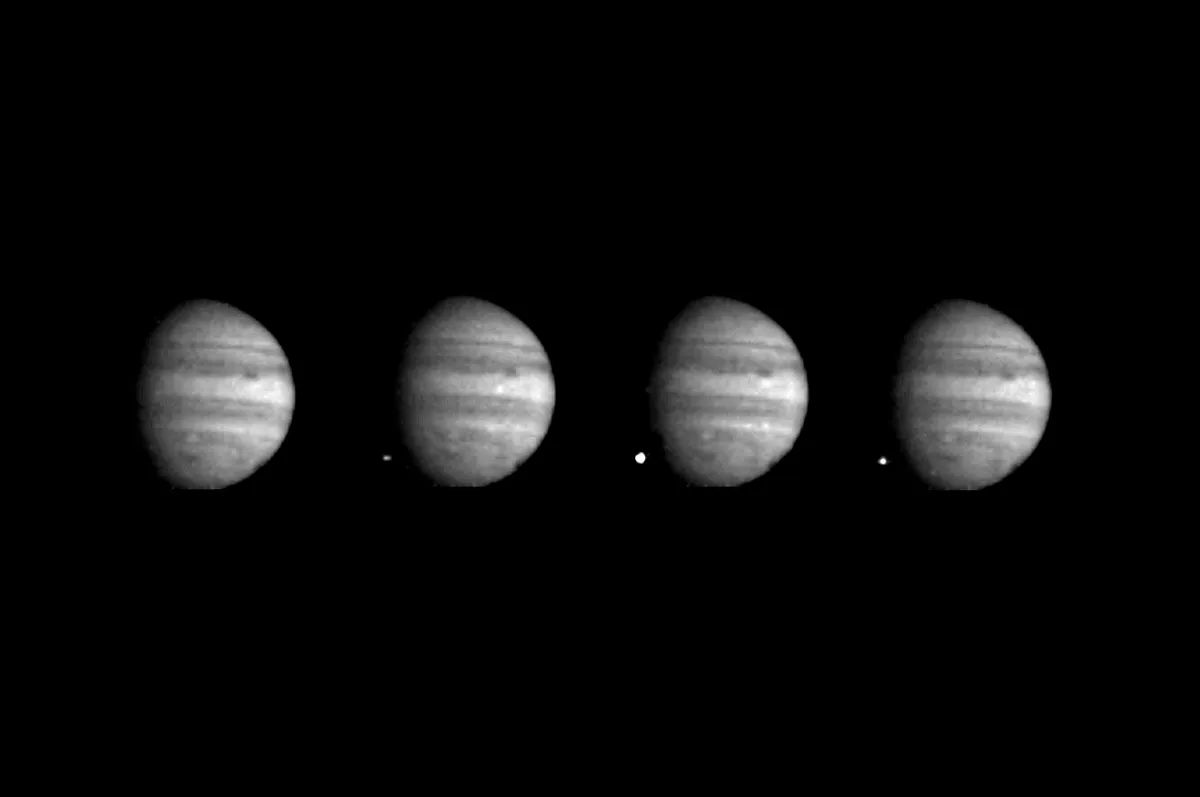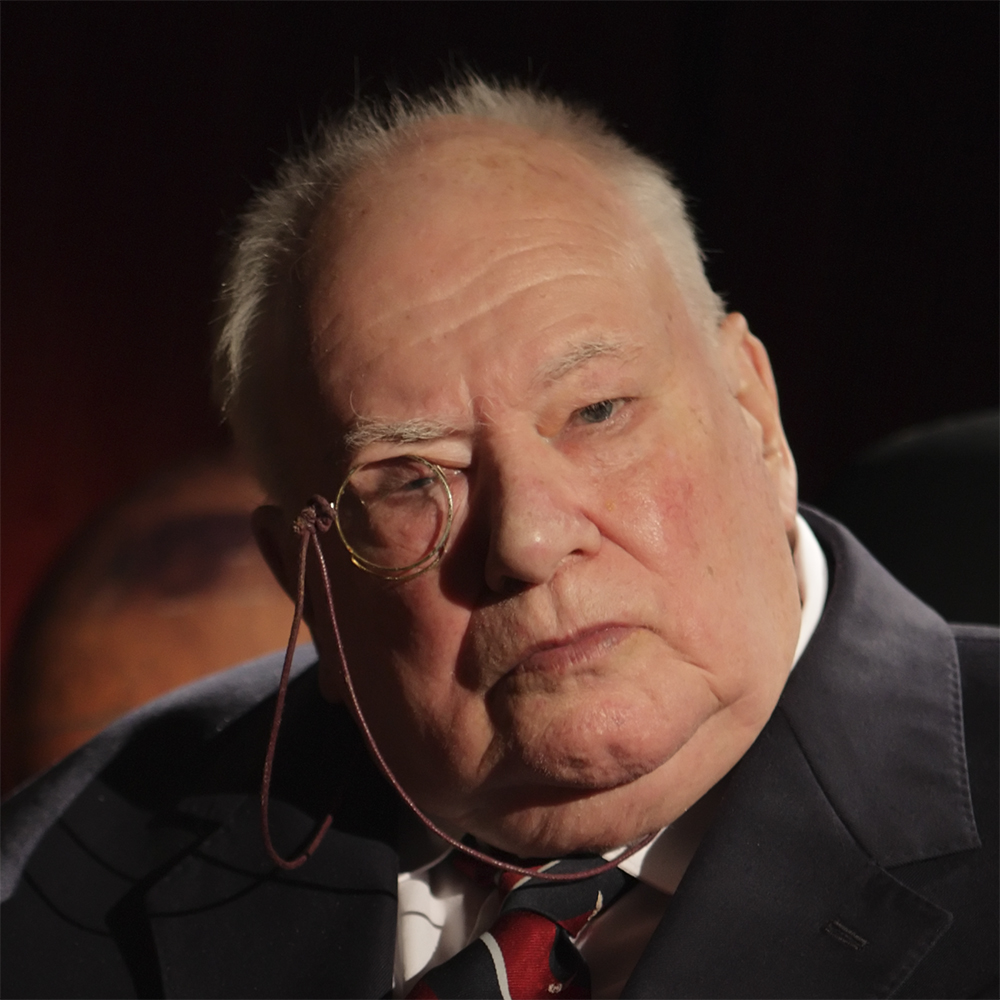Eugene ‘Gene’ Shoemaker, widely regarded as the true founder of the science of astrogeology, was born in Los Angeles and received his early education there, but spent much of his life as a resident of Flagstaff in Arizona.
He graduated from the California Institute of Technology (Caltech) at the age of 19, and became deeply interested in impact craters – it was he who gave the final proof that the famous Meteor Crater in Arizona is of impact origin rather than volcanic.
When he obtained his PhD from the University of Princeton in 1960, his thesis dealt with this crater.
Shoemaker's contributions to the study of the Moon

Eugene Shoemaker joined the US Geological Survey (USGS) and played a major role in studies of the results obtained from the Ranger spacecraft, which impacted the Moon.
He was selected as a promising candidate for a mission to the Moon but, to his everlasting regret, was ruled out in 1963 when it was found that he suffered from Addison’s Disease.
This did not handicap him in everyday life, but there was no question of him going into space.
He headed a team concerned with lunar mapping and geology – a team with which I had the honour of being a member.

For many years he combined his teaching at Caltech with astrogeological studies, and he also took part in observational work, searching for comets and near-Earth asteroids.
He was joined in this by his wife, Carolyn (née Spellman), whom he had married when he was 23.
They were devoted to each other as well as being close scientific partners.
His other main observing associates were Eleanor ‘Glo’ Helin and David Levy.
Their best-known discovery, in 1993, was that of Comet Shoemaker-Levy 9, which Carolyn initially described as “a squashed comet” and which hit Jupiter in 1994, leaving impact remnants which could still be traced many months later.

In 1997 the Shoemakers were in Australia carrying out studies of impact craters together.
On 18 July they were driving along a road close to the town of Alice Springs when they were involved in a head-on collision with another car.
Eugene was killed instantly; Carolyn survived, though she was badly injured.
The news came as a tremendous shock to all those who had known him or known of him; he must have been one of the few people who had many friends and no enemies.
I am proud to have been counted as one of his friends. There has never been anyone quite like him.

Eugene Shoemaker's awards and honours
During his lifetime Eugene Shoemaker received the highest honours that the scientific world could bestow, including:
- Wetherill Medal of the Franklin Institute (1965)
- GK Gilbert Award of the Geological Society of America (1983)
- Kuiper Prize of the American Astronomical Society (1984)
- US National Medal for Science (1992)
Eugene Shoemaker's ashes were taken to the Moon in the Lunar Prospector spacecraft and scattered on the lunar surface.
Three impact craters are named after him – one on Earth, one on the Moon and one on Eros.
Timeline: Eugene Shoemaker's life
- 28 April 1928. Born in Los Angeles, California
- 1947 Graduates from Caltech
- 1948 Explores uranium deposits in Colorado and Utah, and begins to study astrogeology
- 1951 Marries Carolyn Spellman
- 1954 Obtains Master’s degree from Caltech
- 1960 Gains PhD from Princeton University
- 1961 Takes a leading role in studies of the Ranger Moon missions
- 1963 Diagnosed with Addison’s disease
- 1965 Becomes chief scientist at the new US Center for Astrogeology
- 1969 Returns to Caltech as Professor of Geology
- 1983 The first of his 32 comet discoveries
- 1985 Retires from Caltech but accepts an emeritus position
- 1993 Co-discoverer of Comet Shoemaker-Levy 9
- 18 July 1997 Killed in a car accident at Alice Springs, Australia
- 1998 Shoemaker’s ashes are scattered on the lunar surface
This guide originally appeared in the July 2007 issue of BBC Sky at Night Magazine.
